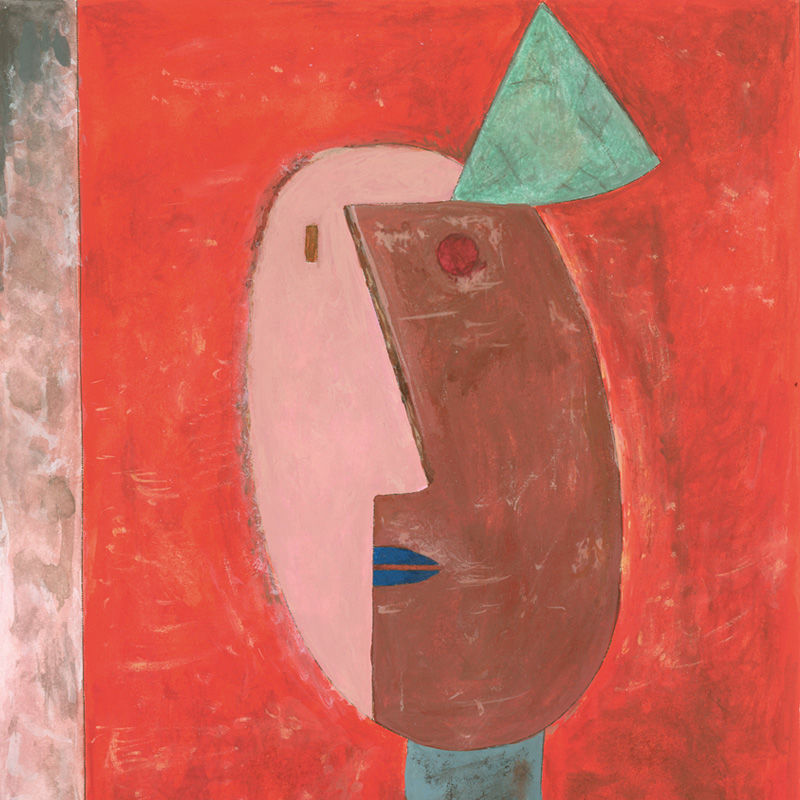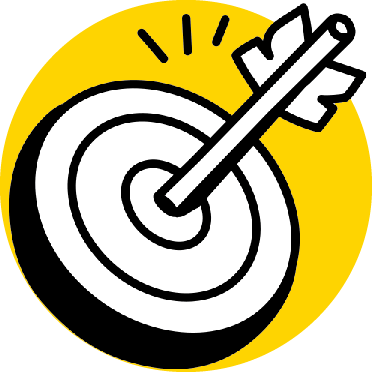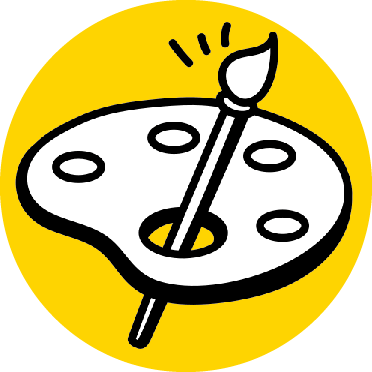Modern Classics - About the artist and his painting:
Paul Klee (1879-1940) was one of the most important visual artists of the 20th century and belonged to the groups of artists known as the Expressionists, Cubists and Surrealists. His pictorial motifs were influenced by the south of Italy and the Orient. Fantasy plays an important role in his work. Therefore mythical creatures, angels, acrobats, clowns and other such figures appear in his paintings.
“Clown” (1929, oil on canvas)
Instead of painting nature exactly as it appears, Paul Klee simplified the world‘s variety of forms in his art, limiting it to symbols, vivid colors and shapes. “Clown“ is a wonderful example of a cubist painting. The division of the face allows it to be seen in both profile and from the front. The simple, vertical separation of colors in the background of the painting gives it depth and the viewer has the impression that the clown is standing in a classic circus tent.
What does this resource contain?
- Postcards (5.8 x 4.1 in)
- Miniature (5.9 x 3.9 in)
- Study painting (9.2 x 6.7 in)
- Group work poster (35.9 x 26.2 in)
How can I make the group work poster?
- Print the poster templates on white printing paper.
- Color or paint the individual sheets according to the template or your own imagination. Make sure that the dotted lines around the outside remain visible.
- Once dry, cut out the colored sheets along the dotted lines and sort them- each letter in a separate pile. Then sort them by number so that 1 is on top and 5 is on the bottom.
- Glue all ‘A’ sheets together. To do so, apply glue to the long tab on the right side of sheet A1 and glue sheet A2 on top of it so that its left edge is aligned with the solid line. Glue A3 to A2, A4 to A3 and so on until you get to A5. Repeat this process with rows B, C, D and E.
- Now glue row B’s upper edge to the tab on the lower edge of row A. Then glue row C to row B and so on until all rows are glued together. Your poster is finished!
Labbé GmbH
Walter-Gropius-Str. 16
50126 Bergheim
Germany
hello@labbeasy.com










